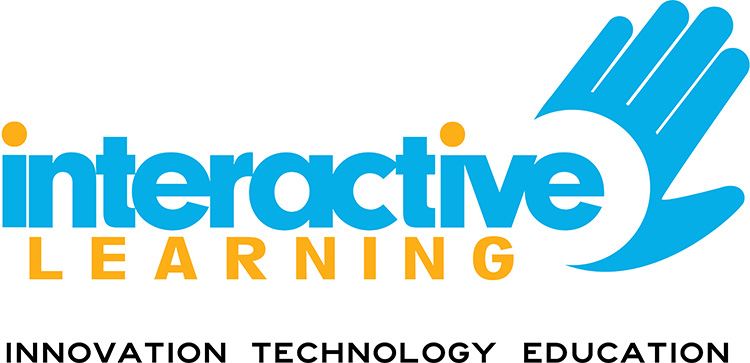9 Interactive Learning Strategies
In order to know what is interactive learning you will have to go through the definition of interactive learning. Interactive learning can be defined as a practical approach to help students to be more involved in retaining more material to improve their skills, with or without using a form of technology such as video conferencing software like ezTalks Cloud Meeting etc. Interactive learning helps is strengthening the critical thinking and problem solving skills of the students.

9 Interactive Learning Strategies
There are many strategies to make interactive learning, or collaborative learning, easier and effective. Some of them use a technology whereas some do not. Some of the commonly used interactive learning strategies are briefly discussed here under for your guidance.
1. Total Physical Response or TPR:
It has been proved through various researches that students retain more information when physical activities are included in classrooms. For instance, to indicate their opinion based responses to a question the students should stand up and move to one side of the room. But it should not be used for right or wrong answers. Such activities can lead to discussions and debates with the classmates.
2. Follow the Leader:
The students can use social media network and appoint one of them as chairperson on Twitter and make him responsible to post the most important topics discussed in the class on that day on Twitter. The other students should follow the feed on Twitter feed so that they can re-tweet their disagreements or discussions. The leader on Twitter can be changed every day or week by the teacher as per the strength of the class.
3. Opposite argument:
The students who disagree with the answer of an opinion question can be paired to represent their side in a debate to prove the opposition wrong. It will compel them to think on their opinion critically if they are unable to prove other wrong. It will help in broadening their capacity to understand the topic under consideration.
4. One word:
If lecture is the only way to discuss any topic then at the end of the lesson the students should be told to summarise the whole lesson in one word only. Then they should be asked to give explanation of choosing that word in a Para. This will compel the students to listen to the lesson actively so that they can summarise the essence of the lesson in one word. The teacher can also ask the students to write a sentence or a slogan about the main idea of the lesson.
5. Historically correct:
The students can be asked what was shown historically correct and what has been glossed over or dramatised after watching a film based on the topic discussed in the class. This technique can more appropriately be applied for examining fairness of historical movies and other similar films like dramatised documentaries.
In this interactive learning strategy students can also be divided into groups to give examples of the movies that covered the idea or topic discussed in the class. It will compel them to find at least one idea that was shown right in the film and one that was wrongly picturised.
6. Quizzes on YouTube Videos:
Multiple choice quizzes can be created by using the comments on the featured videos on YouTube to know how the students respond on different videos. Students should be allowed to post their responses just by clicking on the hyperlink option in the comment box which will take them to a response on the video so that they can compare, whether their response was right or wrong. The teachers can use this strategy as the exercise of the day or in the test format by collecting some similar quizzes together.
7. Test Tournament:
A competition between the two groups of a class can be organised as a practice test on most of the points discussed in the class. The students should be allowed to study the topic together and give the answer to earn points which should be carried over to next round. This urge to beat the rival group in competition will increase their engagement in their study materials.
8. Pop Culture Statistics:
The teacher can connect the problems with online learning tools instead of using only abstract numbers to make the students interested in the lectures. The students will be more excited to answer the problem when they could link them with something they know about instead of a general idea.
9. Puzzle Pieces:
During the period the class can be divided into different sections to complete different goals. At the end of the period, they should be allowed to teach the students of other teams about the topic of their research and their findings in this regard. This arrangement can be done in a bit different way by remixing the teams with an expert on different topics in each team. The students will focus on their topic more deeply when they know they have to teach their friends about it.